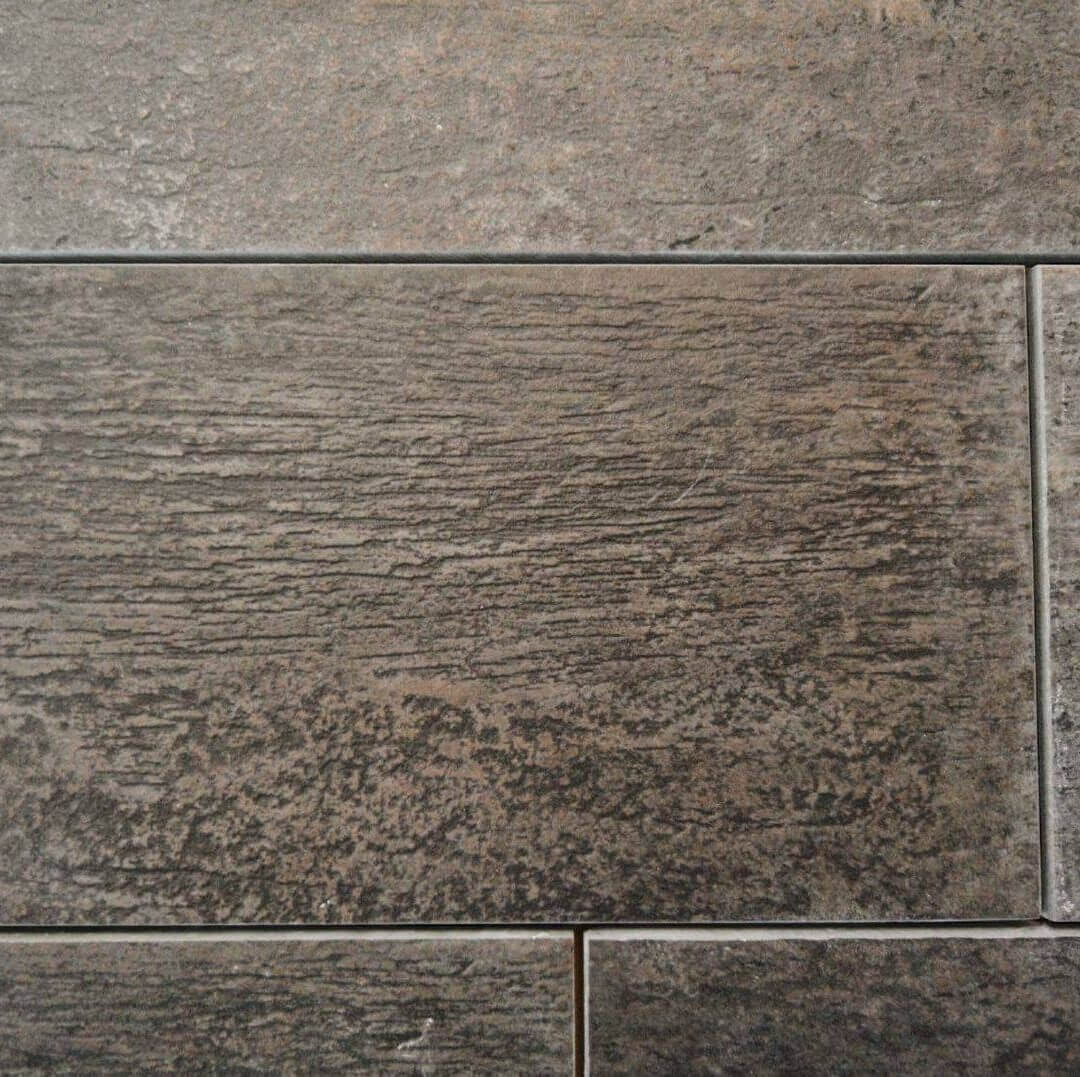While searching for affordable flooring options that are easy to install, you have most likely come across vinyl and laminate floorings above all else. Both options are widely available, versatile, and come in a wide array of colors, designs, and grades of quality. While vinyl and laminate floorings are similar at first glance, the two flooring options differ in many ways that are important to consider when choosing which option is right for your project.
What is Vinyl Flooring?
Vinyl flooring is created from purely synthetic materials that are layered together and then printed with designs or patterns that usually mimic natural materials like stone or wood. Vinyl flooring comes in many options for installation, the most popular options being sheets, tiles, and planks. For this reason, vinyl flooring is quite versatile. Sheets are generally quite difficult to install, so when using sheet vinyl it is advised to hire experienced help. Plank vinyl is similar to laminate in that it utilizes a click-and-lock method of installation. This option is favored by those who would rather do the work themselves due to this ease of installation. Another option for vinyl installation is peel-and-stick vinyl tile. This method is affordable and easy to do yourself, but it is best to use over existing floorings in small areas like bathrooms or closets. In general, vinyl flooring is a versatile and affordable flooring option.
Vinyl Flooring Pros: Waterproof, widely available in many colors and patterns, easy to install, easy to clean and maintain, affordable
Vinyl Flooring Cons: Easy to scratch, dent, and tear, soft to the touch, huge difference between low
quality and high-quality options
What is Laminate Flooring?
Laminate, like vinyl, is made of multiple layers of different materials and then printed with patterns (again, often to mimic wood or stone), and coated in a protective top layer to ensure durability and quality over time and extended use. Unlike vinyl, laminate flooring is made primarily from wood byproducts. This makes laminate a more realistic replacement for hardwoods than vinyl, but it also makes it much more susceptible to damage from moisture than vinyl flooring tends to be. Laminate flooring comes in the form of individual planks that are locked together during installation, a method known as click-and-lock. Laminate flooring can also be glued down, but this method is uncommon. Laminate flooring offers itself as an affordable flooring alternative to expensive hardwood flooring.
Laminate Flooring Pros: Incredibly durable and scratch-resistant, available in convincing wood and stone patterns, offers a firm and comfortable surface to stand on, easy to install, affordable, easy to clean and maintain, and often looks more realistic than vinyl
Laminate Flooring Cons: Susceptible to water damage (not the best choice for bathrooms or entry ways), creates a loud sound when walked on
How Do These Two Flooring Options Compare Overall?
Overall, both vinyl and laminate are great flooring options as they are widely available and affordable. But, laminate tends to be a more convincing replacement for hardwood flooring than vinyl in terms of feel and appearance. Laminate also tends to be more scratch and dent resistant than vinyl, making it a better option in frequently used areas. However, laminate is incredibly susceptible to water damage, so vinyl is clearly a better flooring option for areas (like bathrooms, laundry rooms, entryways and kitchens) that are expected to see a lot of moisture.
To explore your options for your next flooring project, contact Carpet Center today.

